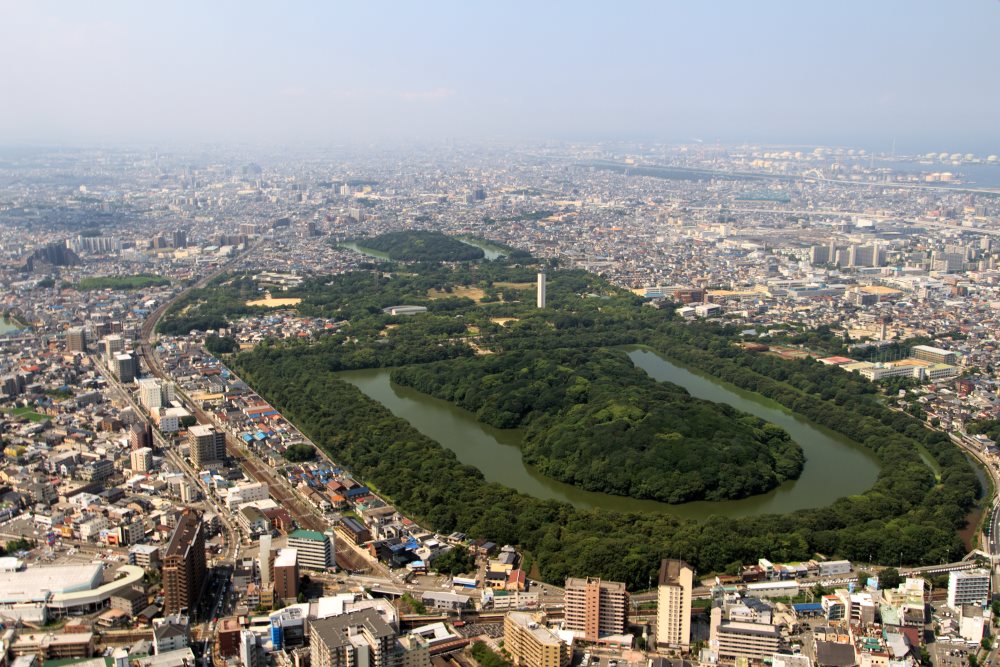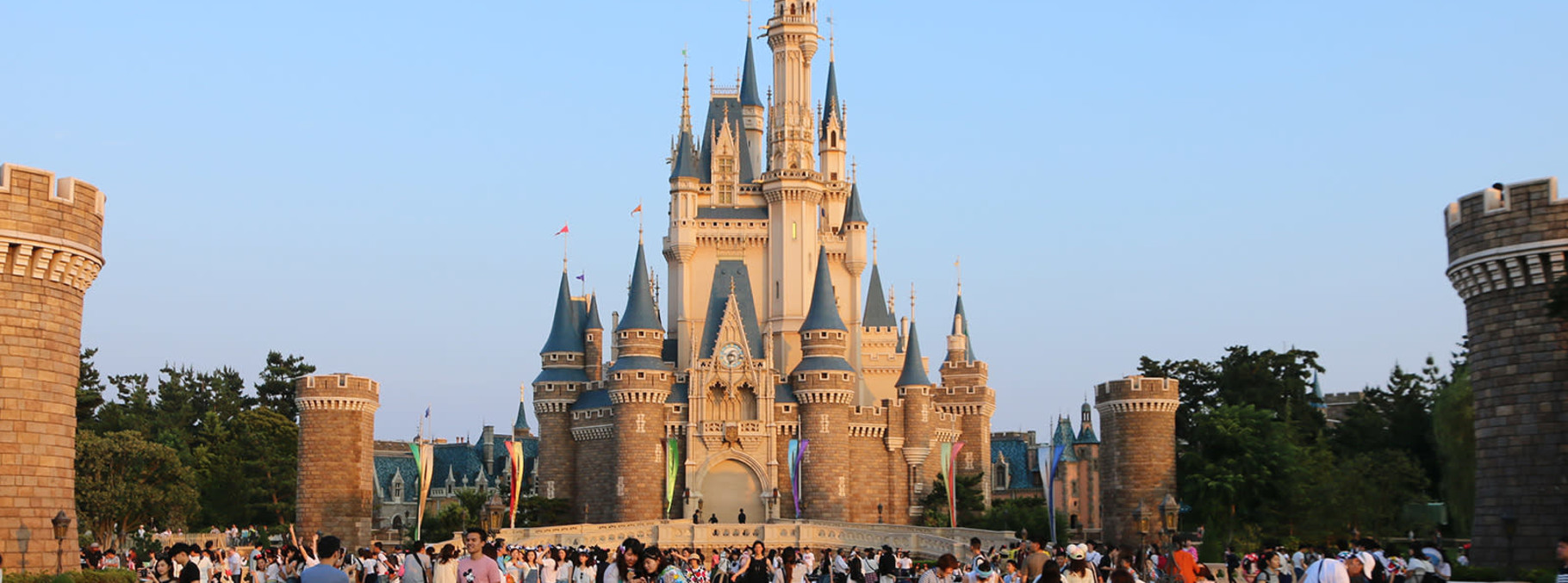
Going to Japan for a trip? Some of you may be planning to shop till you drop, while some will visit places like Disneyland, Universal Studios, and others may dive into the historic glory of Japan.
If you're one of those who loves Japan for its glorious history, then you must add this newest addition to the already long list of UNESCO World Heritage Sites in Japan: the Mozu-Furuichi Mounds. On July 6, 2019, Japan now has its 23rd World Heritage Site, and Osaka its first.
Osaka's first UNESCO World Heritage Site
Up until now, each of the prefectures in the Kinki area of Japan (Kyoto, Osaka, Hyogo, Nara, Wakayama, and Mie) have had UNESCO heritage sites and Osaka was the exception.

Monuments of Ancient Kyoto: Kyoto Prefecture, Shiga Prefecture Himeji Castle: Hyogo Prefecture Sacred Sites and Pilgrimage Routes in the Kii Mountain Range: Nara Prefecture, Wakayama Prefecture, Mie Prefecture Horyuji Temple: Nara Prefecture Monuments of Ancient Nara: Nara Prefecture
In 2013, the Osaka Prefecture and the three local cities first proposed the inclusion of these ancient burial mounds in the Heritage List. Unfortunately, the application was not even considered at the national level.

In July 2017, after renovations and meticulous planning, the Japanese government finally listed the ancient tombs on the recommendation list. UNESCO's advisory body, the International Council of Cultural Monuments and Historical Places (ICOMOS), also gave recommendations to include these in the Heritage List, and finally, on July 6, UNESCO confirmed the inclusion of ancient tombs in the World Heritage List. Osaka is no longer left out of the Heritage Site race!
What is special about these burial mounds?
The Mozu tombs are in Sakai and the Furuichi cluster are in nearby Habikino and Fujiidera, both in Osaka. There are 49 ancient tombs. The period of construction was the age of Japanese burial mounds called the Kofun Period from the second half of the 4th century to the the second half of the 5th century. Among the ancient tombs is Daisen Kofun, the tomb of Emperor Nintoku, which is 486 meters in length and nearly 36 meters high. It is also known as the "Three Great Graves of the World" along with the Khufu Pyramid in Egypt and the Mausoleum of the First Qin Emperor in China.The keyhole-shaped tombs were reserved for the emperors, the highest ranking individuals at the time. This shape is unique to Japan making it extremely significant.

In the past, various cultural relics were excavated from this area. Other than the biggest tomb, there are more than 10 small ancient tombs in the areas close by. The entire cluster of ancient tombs is considered to represent the grandeur of the ancient tomb buildings based on size, the number of ancient tombs, artifacts unearthed and so on. According to the International Cultural Monument and Historic Places Committee (ICOMOS), the ancient tombs can significantly provide insights into the burial culture as well as social and political structure of the ancient civilization.
Japan now has 23 world heritage sites: 19 cultural and 4 natural. How many do you plan to visit on your trip to Japan?
Download the Ikidane Nippon App: iOS / Android





